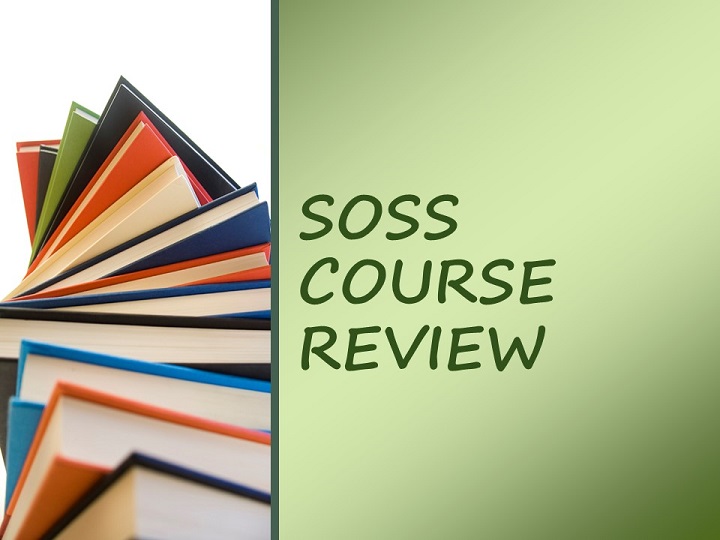
SOCG222 NATION-BUILDING IN ASIA
Vera Lee Hern Hwei (BBM and BSocSc Class of 2018)
Why is history told in this manner? Why are some historical events considered more important? Why do I feel this way about Singapore? These are questions I had never asked when I was studying about Singapore’s history in school. I merely read the textbooks, listened in classes and studied for the exams. In some way or another, I presumed the narrative that was taught in class was the truth. If anyone asked me about Singapore’s history, that would be the version that I would speak of.
National heritage has been so finely woven into my experiences growing up that it seems unthinkable to ask “Why?”, and that is what makes this module so fascinating. Nation-Building in Asia seeks to do just that, to make you question “Why?” and have you go on a journey to answer it yourself. Throughout the course, my class and I were exposed to a wide variety of sociological frameworks that would be our tools to make sense of real-world phenomena. At the same time, we analyzed Singapore's nation-building efforts and the East Asia history problem. These two cases provided us with opportunities to practice using theories to guide our analysis of these events. Most of the time, there is no right answer waiting at the end, but the process of finding an answer turned out to be surprisingly enjoyable.
One interesting aspect of the course is writing a paper to analyze the National Museum’s contributions to Singapore’s nation-building. This required a strong application of theories, copious amounts of critical thinking, and several trips across the road to the museum. With very few guidelines, the paper challenged me to be creative and to understand the museum through my own lens. I walked away with a newfound understanding of why museums are structured the way they are, not just to facilitate the ease of viewing exhibits but also to elicit certain emotions from visitors.
Another part of the course that I truly appreciated was Prof Hiro Saito’s focus on imparting skills to think and write like a social scientist. He dedicated time from his lessons to help students hone their abilities to think critically and write clearly. At the same time, he meticulously left comments and suggestions on our work so that we could improve on our writing. Now that the module is over, I can only hope that my skills have improved. Regardless of whether I have become a better writer, his module has definitely made me more conscious of the way I present my arguments on paper.
To sum it up, this course has definitely been very mind-blowing. While providing me with the knowledge to better understand contemporary concerns about national identity, the course has also completely changed the way I think of history education and nation-building. It equipped me with the skills to be a better thinker and writer, and made me realize that I do have a long way to go before I can write a solid A+ paper. An added bonus of the course is Professor Saito’s own understanding of post-war Japan which has helped to provide students with added perspective on the East Asia history problem.
For students who want to see the world in a different light, who want to understand the unseen threads that bind a nation together, or who just want to be better writers, this module is for you.